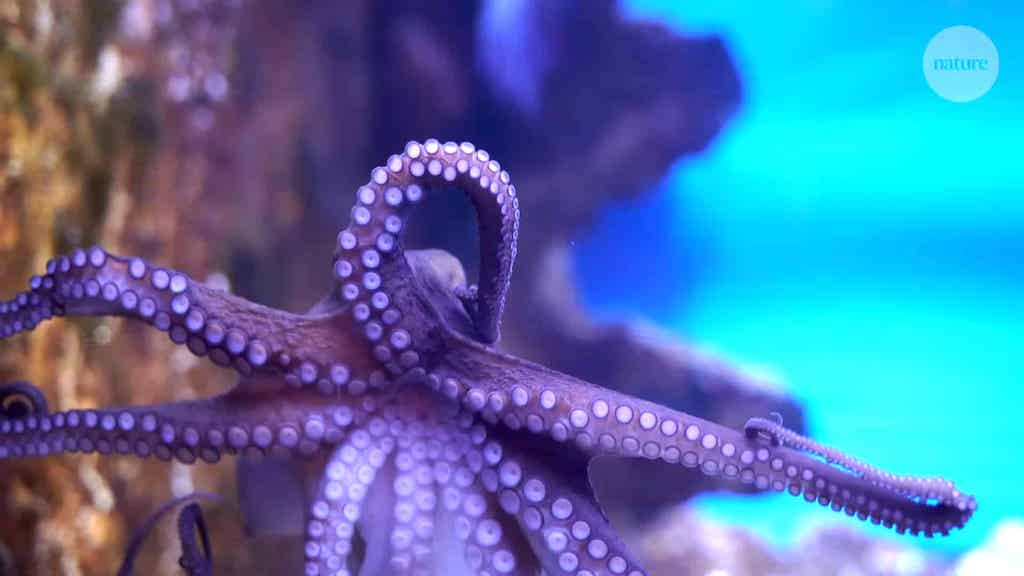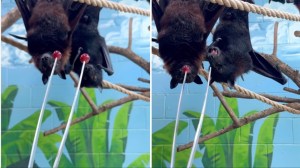Researchers have discovered that octopuses have evolved to detect taste through touch using chemotactile receptors that stud the suckers on their arms. These receptors differentiate chemical signals left by matter that cannot be dissolved by water and matter floating in the water, thus leading them to prey more easily.
Octopuses hunt for prey in cracks and crevices along the seabed using ‘taste-by-touch‘ – the ability to detect chemical signals simply by touching them. Now researchers have identified the molecular makeup of a chemo-tactile receptor that makes this possible.

While octopus and squid have similar receptors, they are used differently.
Similar receptors are also found in squid, but there are differences that mirror differences in the animals’ hunting behaviours; whereas octopuses feel for their prey, squid pull things towards themselves before deciding whether or not to eat it.






